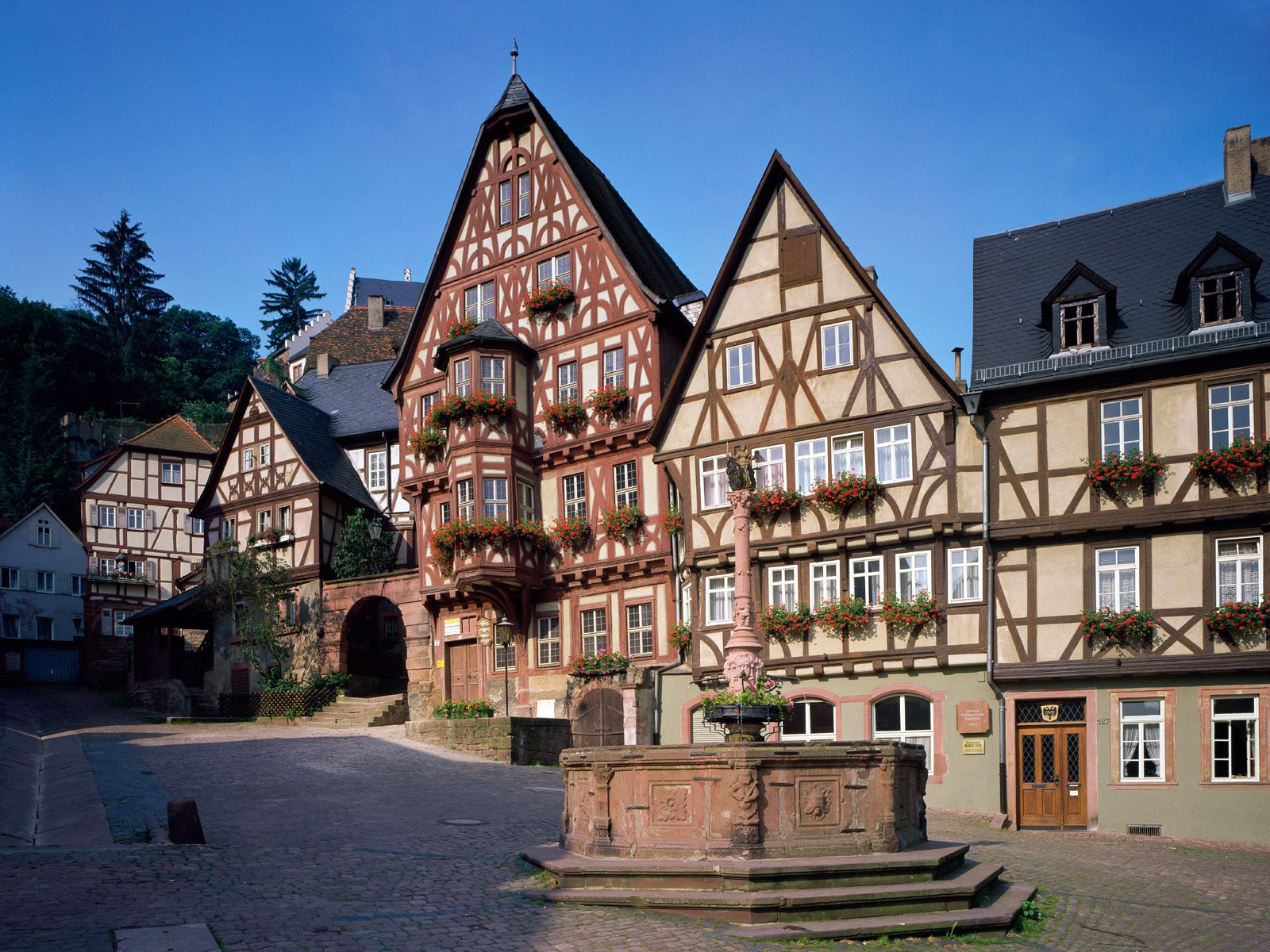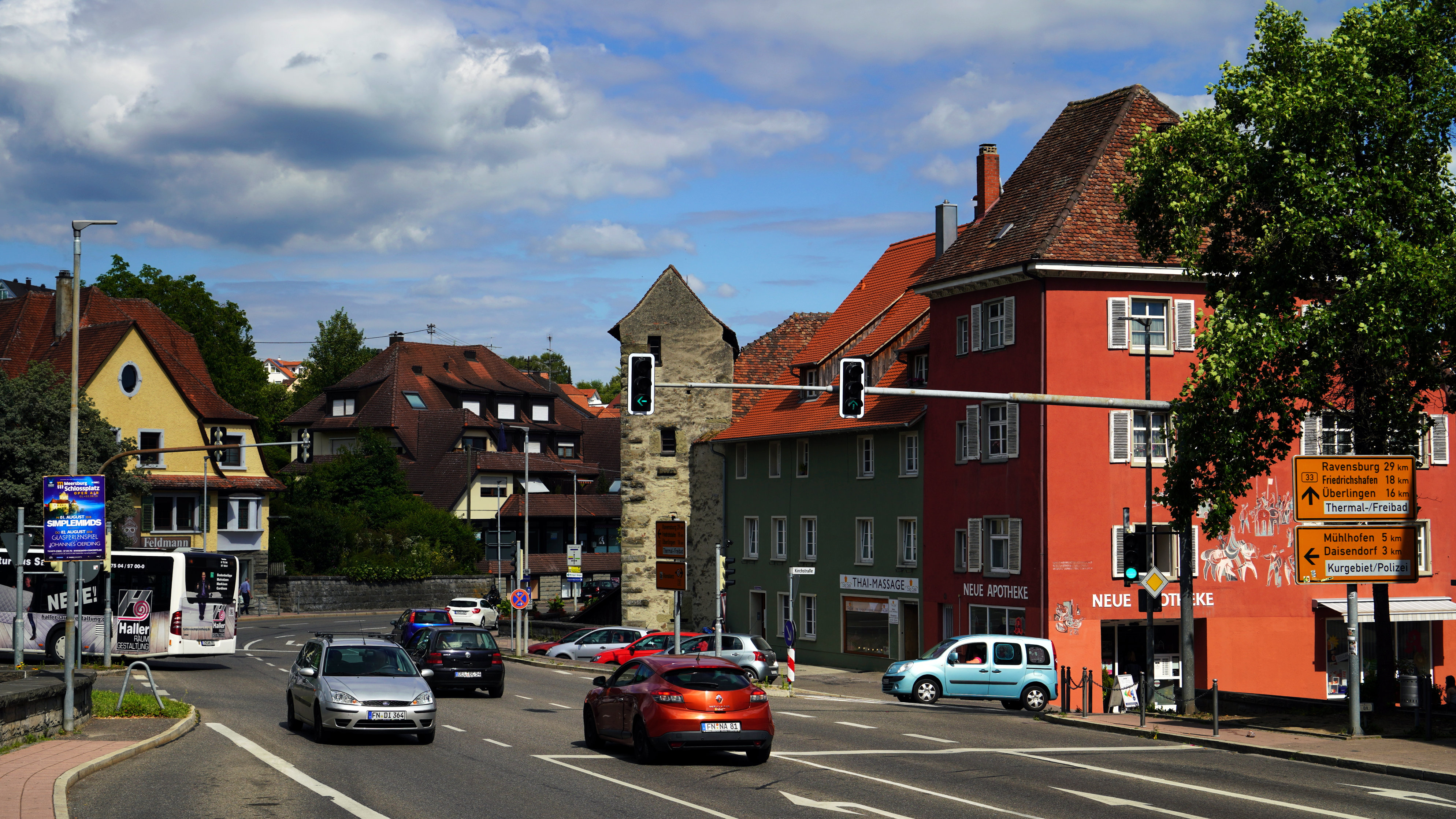Global Travel Information
Lake Titicaca, Peru/Bolivia
Lake Titicaca: The Sacred Heart of the Andes
Nestled high in the Andes Mountains, straddling the border between Peru and Bolivia, Lake Titicaca is a place of breathtaking beauty, ancient history, and enduring cultural significance. As the highest navigable lake in the world, sitting at an elevation of 3,812 meters (12,507 feet) above sea level, it is not only a geographical wonder but also a spiritual and historical center for the indigenous peoples of the region. Its deep blue waters, scattered islands, and surrounding snow-capped peaks create a landscape that feels almost otherworldly.
A Natural Wonder
Lake Titicaca spans approximately 8,372 square kilometers (3,232 square miles), making it the largest lake in South America by volume. Its vast expanse is divided into two main basins: the larger Lago Grande in the north and the smaller Lago Pequeño in the south. The lake is fed by numerous rivers, with the Ramis River being the largest contributor, while the Desaguadero River serves as its only outlet, draining into Lake Poopó in Bolivia.
The lake’s unique ecosystem supports a variety of wildlife, including endemic species such as the Titicaca water frog and the critically endangered Titicaca grebe. The surrounding wetlands and reed beds provide vital habitats for migratory birds, making the area a paradise for birdwatchers. The lake’s waters are remarkably clear, reflecting the intense blue of the Andean sky, while its shores are lined with totora reeds—a plant that has shaped the lives of the local people for millennia.
The Floating Islands of the Uros
One of the most fascinating features of Lake Titicaca is the Uros Islands, a group of artificial floating islands constructed entirely from totora reeds. The Uros people, descendants of one of the region’s oldest cultures, have lived on these islands for centuries, maintaining a way of life that is deeply connected to the lake.
Each island is painstakingly built by layering dried totora reeds, which rot from the bottom over time, requiring constant maintenance. The reeds are also used to construct homes, boats, and even handicrafts. Visitors to the Uros Islands can witness this remarkable lifestyle firsthand, learning how the inhabitants fish, trade, and navigate the lake using their traditional reed boats. Despite modern influences, the Uros people have preserved their traditions, offering a living window into a culture that has adapted ingeniously to its environment.
Taquile and Amantani: Islands of Tradition
Beyond the Uros, Lake Titicaca is dotted with natural islands, each with its own unique heritage. Taquile Island, a UNESCO World Heritage Site, is renowned for its vibrant textile traditions. The island’s inhabitants, Quechua-speaking locals, are master weavers whose intricate designs tell stories of their history and cosmology. Men on Taquile are particularly famous for their knitting skills, a rare cultural trait where knitting is predominantly a male activity.
Amantani Island, another cultural gem, is known for its hospitality and stunning panoramic views. Visitors often stay with local families, experiencing traditional Andean meals, music, and dances. At night, the island’s hilltops are illuminated by ceremonial bonfires, where locals and visitors alike participate in rituals honoring Pachamama (Mother Earth) and Inti (the Sun God).

The Sacred Origins of Lake Titicaca
For the Andean people, Lake Titicaca is more than just a body of water—it is the birthplace of civilization. According to Inca mythology, the sun god Inti emerged from the lake’s depths, sending his children, Manco Cápac and Mama Ocllo, to found the Inca Empire. The lake was thus considered the origin of life and a sacred site where the divine touched the earth.
Archaeological evidence supports the lake’s long-standing spiritual importance. The ruins of Tiwanaku, located near the lake’s southern shore in Bolivia, date back over 1,500 years and are believed to have been a major ceremonial center. The site’s monolithic structures, such as the Gate of the Sun, feature intricate carvings that align with astronomical events, reflecting the advanced knowledge of the pre-Inca Tiwanaku civilization.
Modern Challenges and Conservation
Despite its cultural and ecological significance, Lake Titicaca faces numerous threats. Pollution from mining, agriculture, and untreated sewage has degraded water quality in some areas, endangering both wildlife and human communities. Climate change has also led to fluctuating water levels, disrupting local fisheries and agriculture.
Efforts are underway to protect the lake, including wastewater treatment projects and sustainable tourism initiatives. Both Peru and Bolivia have recognized the need for cross-border cooperation to preserve this shared treasure. Organizations such as the Binational Autonomous Authority of Lake Titicaca work to address environmental concerns while promoting responsible development.
A Journey to Remember
For travelers, Lake Titicaca offers an unforgettable experience. Whether exploring the floating reed islands, hiking the terraced hills of Taquile, or witnessing the sunset over the shimmering waters, visitors are immersed in a landscape that feels timeless. The lake’s blend of natural beauty, ancient traditions, and spiritual resonance makes it a destination unlike any other.
In the heart of the Andes, Lake Titicaca remains a sacred symbol of resilience and harmony between humanity and nature. Its waters continue to inspire awe, just as they have for countless generations. To visit Lake Titicaca is not just to see a place—it is to connect with the soul of the Andes.
相关文章
- Elbe River Botanical Gardens: Flowers & Plants Along the Banks
- Elbe River Zoos & Aquariums: Family Fun Near the River
- Elbe River Amusement Parks: Rides with River Views
- Elbe River Camping Spots: Pitch a Tent by the Water
- Elbe River Glamping Sites: Luxury Camping Along the Banks
- Elbe River RV Parks: Stay in Your Camper Near the River
- Elbe River B&Bs: Cozy Accommodations with a Personal Touch
- Elbe River Hostels: Budget Stays for Young Travelers
- Elbe River Business Travel Guide: Meetings & Events Near the Water
- Elbe River Conference Venues: Spaces with River Views
发表评论
评论列表
- 这篇文章还没有收到评论,赶紧来抢沙发吧~


